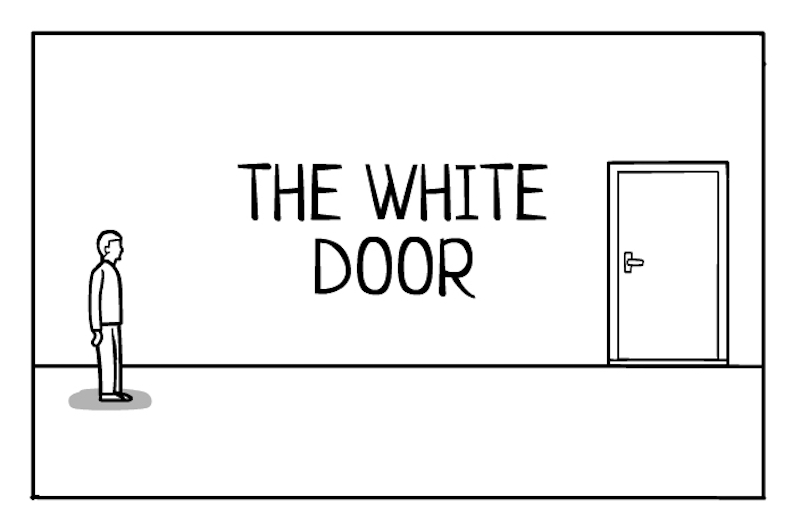SAN FRANCISCO, Jan 14 — Released just before the weekend, The White Door became an instant number one download on iOS and Android devices. We asked its developers at Rusty Lake to tell us more about their approach to making it so distinctive.
Split-screen puzzle adventure The White Door has made an immediate impression on players around the world.
A blend of story and puzzle-solving, it’s a new but separate entry to a well-appreciated franchise that comprises ten short, free Cube Escape challenges and three longer, premium Rusty Lake games.
Puzzle elements meet visual novel storytelling and result in a more personally-affecting entry to the studio’s already impressive library.
Launched on January 9, 2020, for iOS and Android devices (as well as Mac and PC), over its first weekend The White Door notched a score of number one spots across national app charts for puzzle games (on iOS) and adventures (Google Play for Android) in North America, Europe, Asia and Australasia.
Not only does it offer a twist on the existing Rusty Lake franchise but also, to an extent, puzzle adventure games as a whole.
“We think The White Door is quite different then anything we have seen before,” Robin Ras of two-person Danish studio Rusty Lake said over email.
“The first Cube Escape games were really inspired by existing escape room games, in combination with a Lynchian atmosphere,” he continued, referencing Twin Peaks and Mulholland Drive creator David Lynch.
In contrast to the colourful Cube Escape and Rusty Lake series, The White Door concept was a black and white aesthetic coupled with split-screen gameplay. “Then we started to think how we could get the Rusty Lake story and atmosphere in there,” Robin explained with a nod to the other games’ unsettling tone.
As well as moving the storyline away from the strange rural locale of the Rusty Lake games and into a mental health facility — plus one of its inpatients’ multihued, memory-recollecting dreams — The White Door also brings a literal perspective change.
A raised camera angle lets players see the main character from a distance, emphasising their limited confines, while a second, close-up panel balances that claustrophobia with a better view of what the main character is doing.
Doing so pushed Robin and studio partner Maarten Looise further into a pared-down design philosophy, making the most of the space available.
The pursuit of simplicity also led them to do away with adventure gaming’s inventory system, a challenge in its own right — “it’s quite hard to design puzzles without an inventory,” he remarked.
Yet the split-screen motif lent itself well to dream sequences, text bubbles on one side to accompany graphics on the other, “more like an interactive comic book.”
It’s not the first time that Rusty Lake has been involved in comic book work either; after a fan converted Rusty Lake: Roots into a 16-page comic, the studio commissioned the same artist to produce an illustrated companion to Cube Escape: Paradox.
The 2018 puzzle adventure was also brought to life through an official short film, featuring several actors from the overarching storyline. — AFP-Relaxnews






















